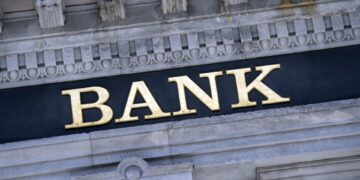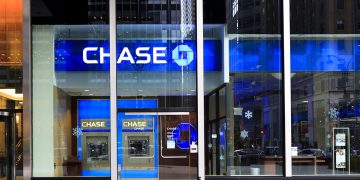Last year was a banner one for debt, but it didn’t look that way for America’s big banks.
Large U.S. lenders saw their loan books shrink in 2020 for the first time in more than a decade, according to an analysis of Federal Reserve data by Jason Goldberg, a banking analyst at Barclays. The 0.5% drop was just the second decline in 28 years.
Bank of America Corp.’s loans and leases dropped by 5.7%. Citigroup Inc.’s loans dropped by 3.4% and Wells Fargo & Co.’s shrank by 7.8%. Among the biggest four banks, only JPMorgan Chase & Co. had more loans at the end of the year than the start.
Lenders are flush with cash that they want to put to use, and executives say they are hopeful loan growth will pick up in 2021. Brisk lending typically suggests there is enough momentum in the economy to give companies and consumers the confidence to borrow. But the current weakness suggests questions remain about the vigor of the economic recovery.
For banks, this weighed on profit. Net interest income, the spread between what banks charge borrowers and pay depositors, fell 5% across the industry last year—a consequence of shrinking loan portfolios and near-zero interest rates. It was the biggest drop in more than 80 years of record-keeping, according to research by Mike Mayo, a banking analyst at Wells Fargo.







